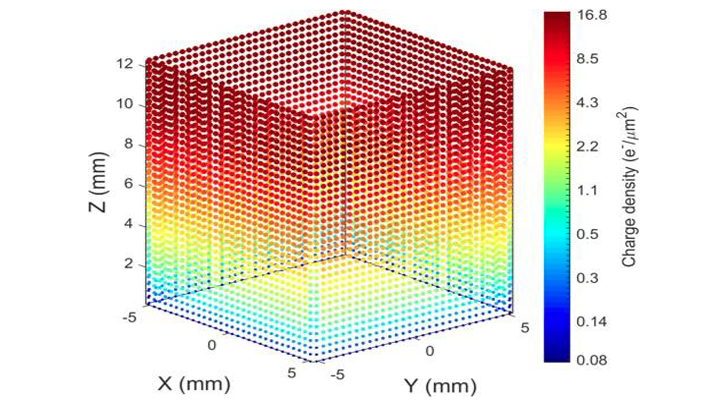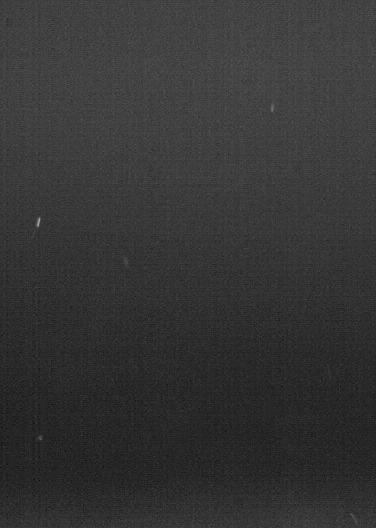Mapping the Plasma Potential in a Glass Box


Lori Scott*, Naoki Ellis*, Mudi Chen, Lorin S. Matthews, and Truell W. Hyde
Published in IEEE Transactions on Plasma Science, 47(7), 3079-3086, July 2019.
DOI: 10.1109/TPS.2019.2900163
The confinement provided by a glass box is ideal for the formation of vertically aligned dust structures. Varying the power and pressure within the cell allows the number of dust particles to be controlled, as well as the size and shape of the dust structures. What is unknown is the changing electric field within the box, which causes the structural transitions. CASPER members have pioneered experimental and numerical methods to calculate the confining forces within the glass box.
Experimental setup. A laser is used to illuminate dust particles trapped within a glass box placed on the lower electrode of a GEC RF reference cell. The particle trajectories are recorded with a high speed camera. The accelerations of the particles are used to map the electric field within the glass box.
Numerical method. A computer model is used to calculate the charge collected on the walls of the box. The amount of charge and its arrangement varies as the power and pressure of the plasma are adjusted. The numerical model can also be used to calculate the charge on particles at various locations within the box and the force acting a charged particle due to the electric field at that location.
Acceleration maps for charged dust particles within the box found from the numerical model are found to agree with acceleration maps measured experimentally.
*Undergraduate student authors from under-represented minorities.
Funded by NSF PHY-1414523 and PHY-1707215

